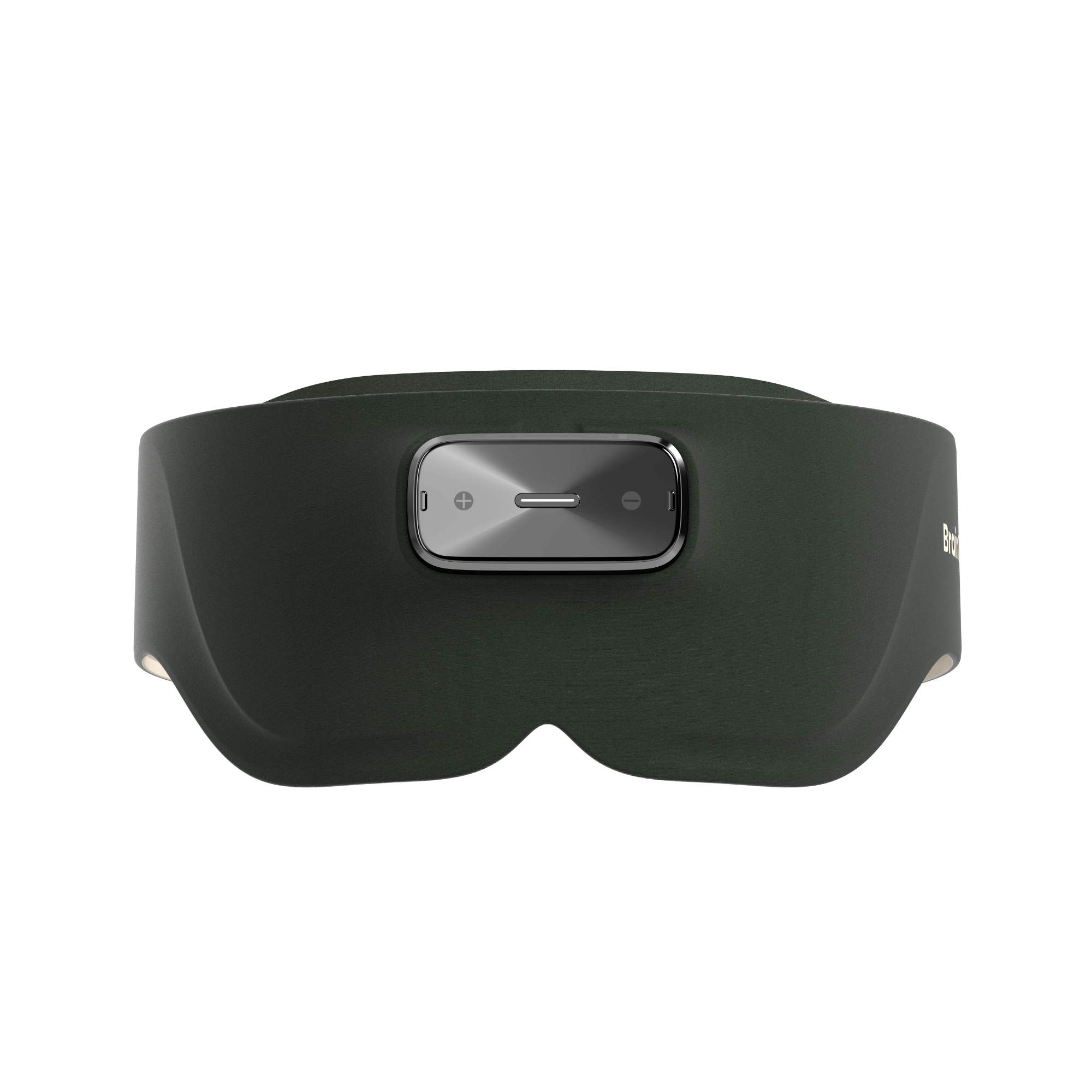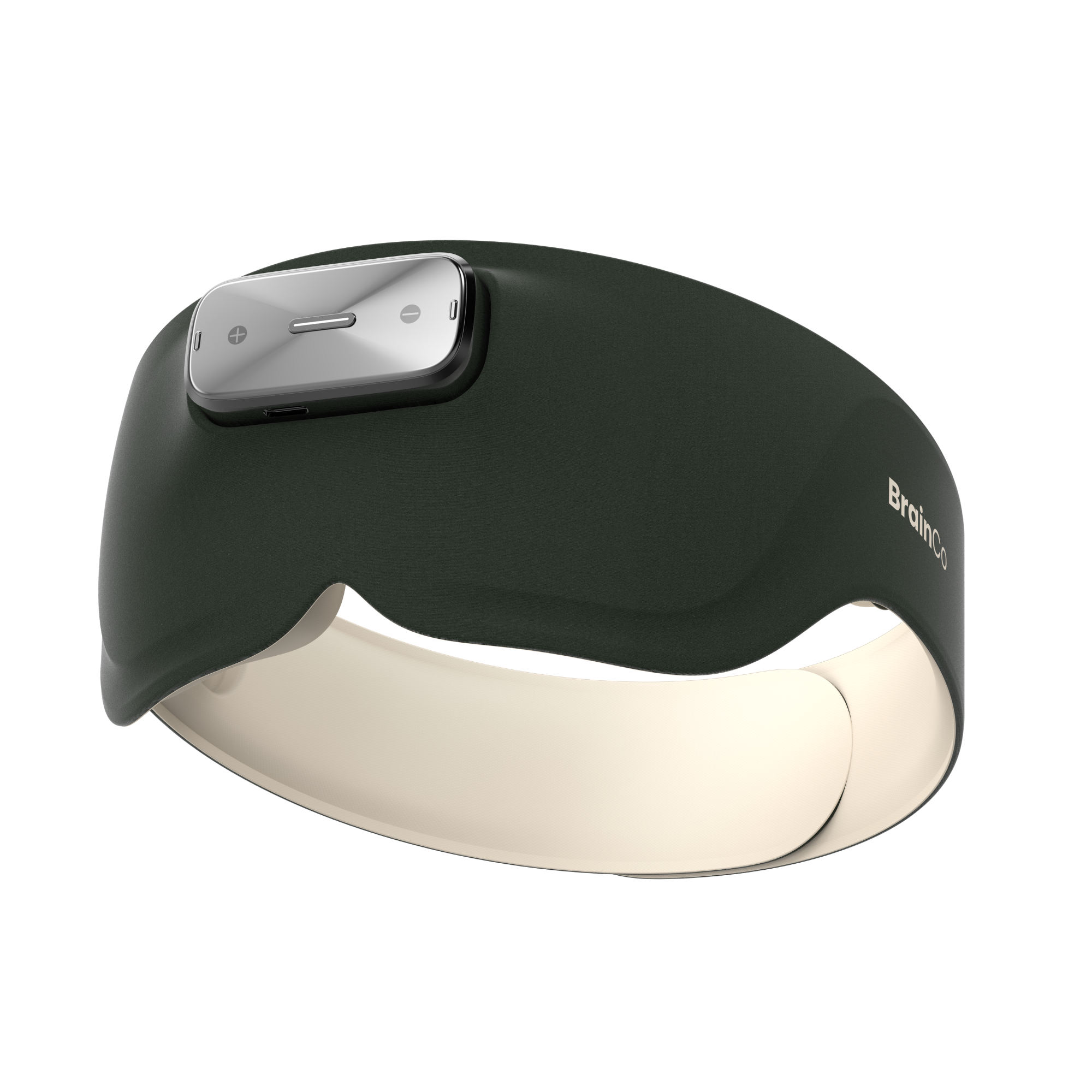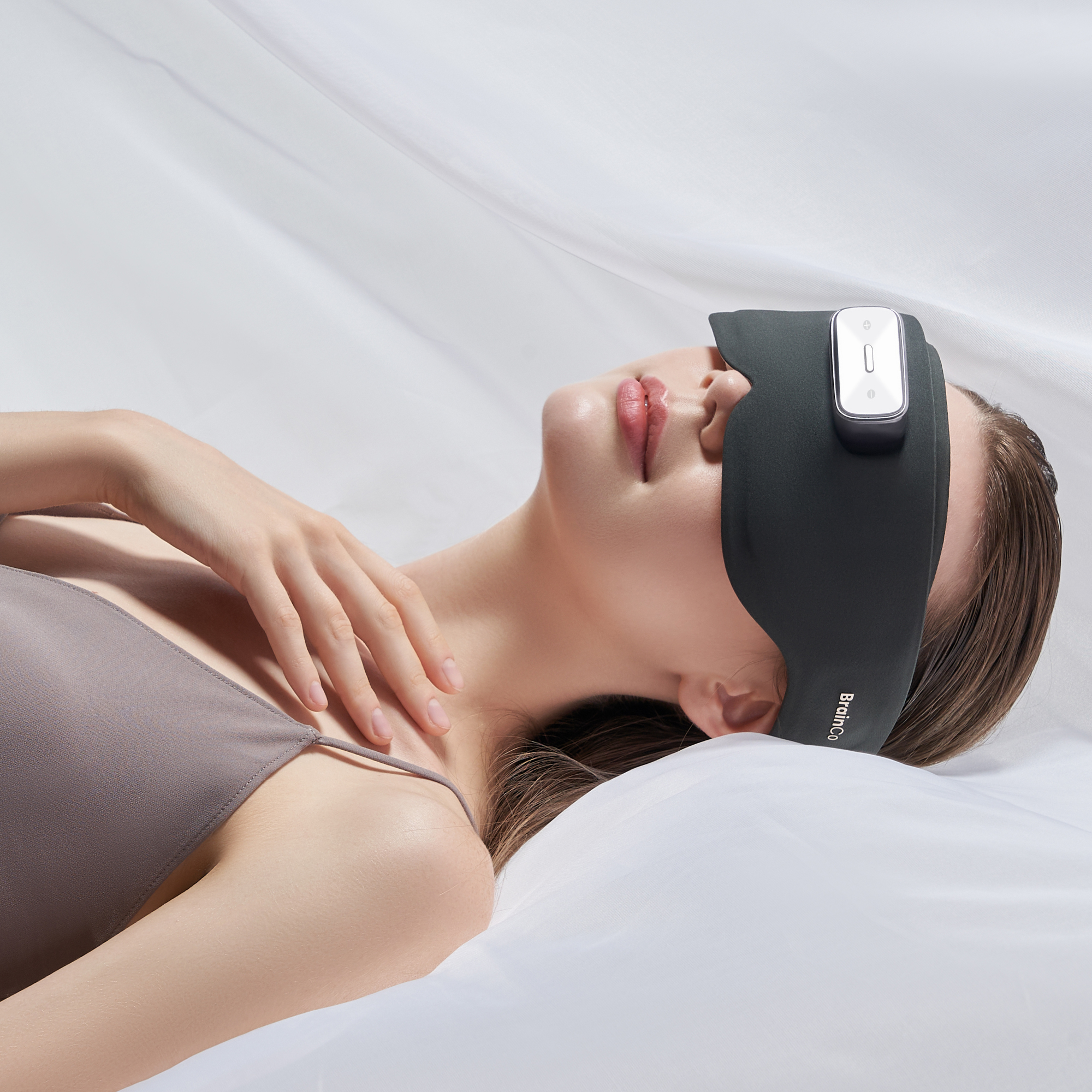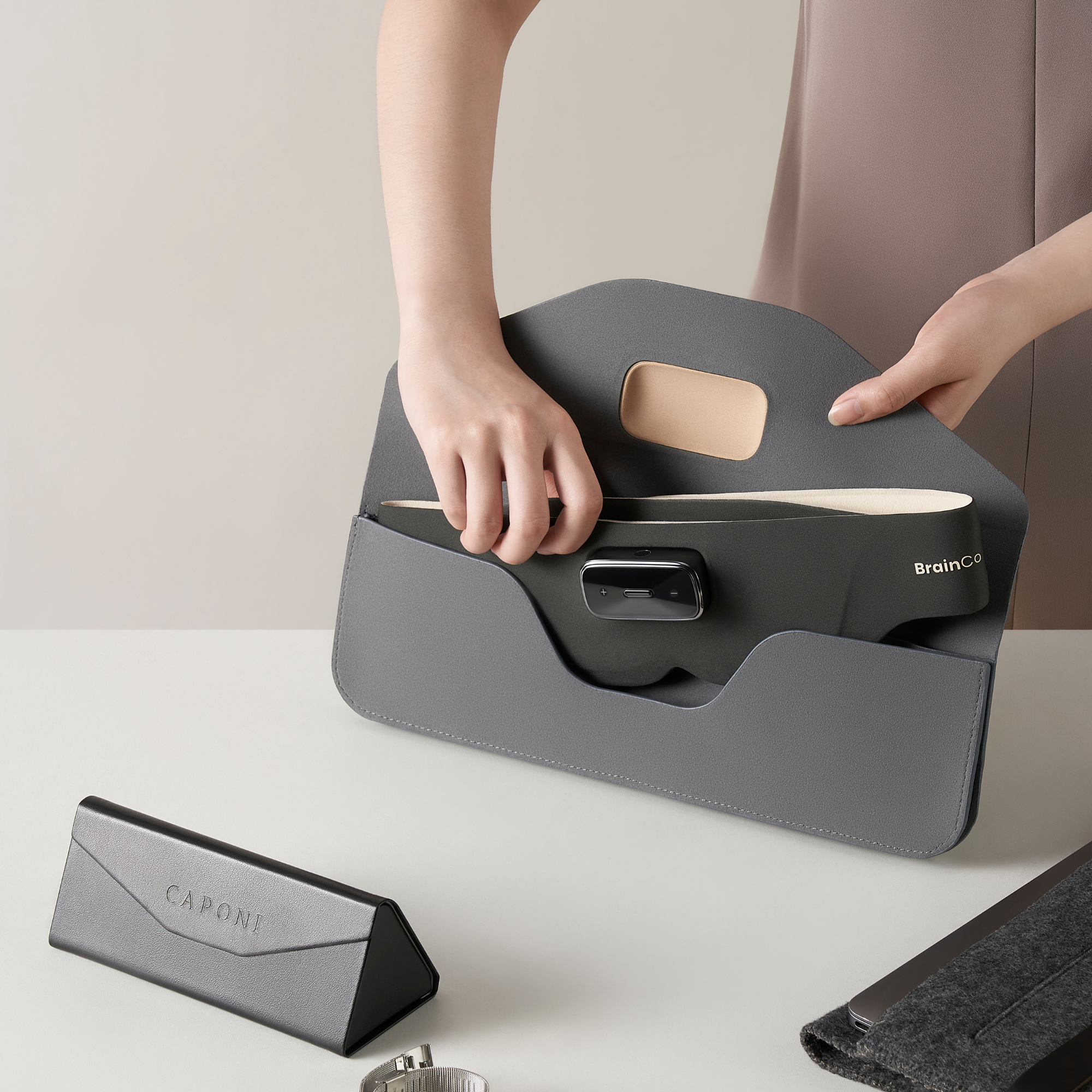Introduction
ASMR (Autonomous Sensory Meridian Response) is a sensory phenomenon that has captivated millions of people around the world, especially those looking to relax or sleep better. But what exactly is ASMR? How does it work, and why does it seem so effective for some people? This article explores the fascinating world of ASMR, its origins, how it works, and the criticism surrounding its use on social media.
We will also highlight the ASMR functionality offered by Easleep , a scientific approach to improving sleep quality.
-
ASMR: definition and origins
ASMR, or Automatic Sensory Meridian Response, is a pleasant tingling sensation that typically begins on the scalp and can spread to the back of the neck and other parts of the body. This response is triggered by specific sensory stimuli, such as whispers, soft noises (like rustling paper or tapping), or slow, repetitive gestures.
ASMR how does it work?
ASMR works by stimulating sensory nerves, which in turn activate areas of the brain associated with relaxation. These stimuli can trigger an intense relaxation response, often described as a “tingling” sensation that travels down the spine. This phenomenon is not universal: some people are highly sensitive to it, while others feel no effects at all.
-
Why does ASMR work?
The reasons why ASMR works are not yet fully understood, but several scientific hypotheses have been put forward. It appears that ASMR is linked to the activation of neural circuits involved in mood regulation and stress reduction. In other words, ASMR may work by calming the nervous system and inducing a deep relaxation response.
ASMR for sleep and relaxation
For many people, ASMR is particularly effective for helping people fall asleep or simply unwind after a stressful day. ASMR stimuli can lower heart rate and promote a sleep-friendly mental state, which is why “sleep-inducing” ASMR videos have become so popular on streaming platforms.
ASMR when you are sad or have trouble sleeping
ASMR is often used as a self-medication tool for people with sleep disorders or mild depressive states. By creating an atmosphere of safety and comfort, ASMR can help alleviate feelings of sadness and improve sleep quality.
-
ASMR: What is it for and how does it work?
ASMR has a variety of uses, from simple relaxation to potentially helping with sleep disorders. While ASMR is primarily used for personal enjoyment and stress relief, some studies suggest it may have broader therapeutic applications, similar to EMDR (Eye Movement Desensitization and Reprocessing), a technique used to treat trauma.
ASMR vs EMDR
While ASMR and EMDR share some similarities, such as their ability to induce relaxation and reduce anxiety, they are fundamentally different. EMDR is a scientifically validated therapy used by mental health professionals to treat trauma. In contrast, ASMR is a subjective sensory phenomenon, typically used for pleasure or relaxation, without a formal therapeutic framework.
-
Criticisms of ASMR practices on social networks
The rise of ASMR on social media has led to a proliferation of content creators offering ASMR experiences using various tools and noises. However, this democratization of ASMR poses problems:
ASMR on social media: between entertainment and misinformation
Many ASMR videos available on streaming platforms are created by amateurs who do not have scientific knowledge about the phenomenon. These creators use various methods, such as artificial noises or non-scientific tools, to generate ASMR stimuli. While these videos can be entertaining or soothing for some, they often lack rigor and can create mental addiction without providing any real therapeutic solution.
Lack of scientific validation
Unlike more structured and validated approaches, such as those offered by Easleep , these videos have not been clinically tested for effectiveness. As a result, they may give a false impression of safety or effectiveness, when they do not address the real needs of people suffering from sleep disorders.
-
Easleep and ASMR: a validated scientific approach
Unlike amateur practices, Easleep offers science-based ASMR functionality, developed in collaboration with hospitals and clinically validated.
A validated technology
Easleep ASMR programs are designed to induce a deep state of relaxation and are supported by clinical studies. These studies show that 90% of users fall asleep faster after using Easleep ASMR features for 7 to 14 days. This effectiveness is linked to a rigorous scientific approach, where each sound element is calibrated to maximize the relaxation effects without creating addiction.
A personalized program
Easleep doesn’t just play random sounds. The ASMR program is personalized for each user, based on their specific needs and reactions to stimuli. Built-in artificial intelligence analyzes your sleep patterns and adapts the ASMR stimuli accordingly, delivering a tailored experience that actually improves sleep quality.
Conclusion
ASMR is a fascinating phenomenon that can offer temporary relief from anxiety and sleep disturbances. However, not all forms of ASMR are created equal. Amateur practices on social media, while popular, often lack scientific basis and can even lead to mental addiction. On the other hand, solutions like Easleep , which are based on science and clinically validated, offer a safe and effective alternative for those looking to improve their quality of sleep in a sustainable way.
With Easleep , you benefit from a personalized and validated approach to transforming your sleep, backed by scientific data and proven results.











Share: